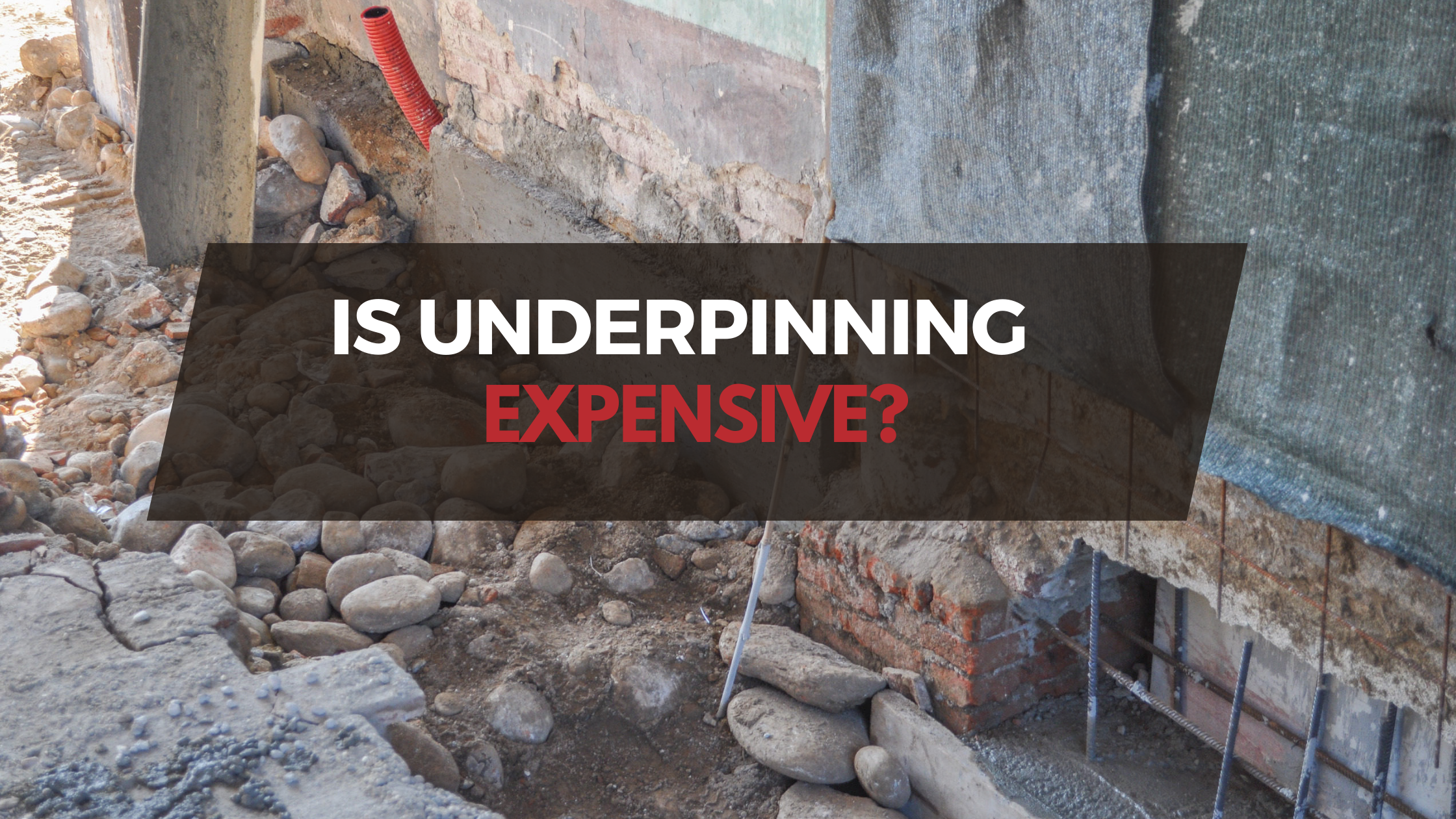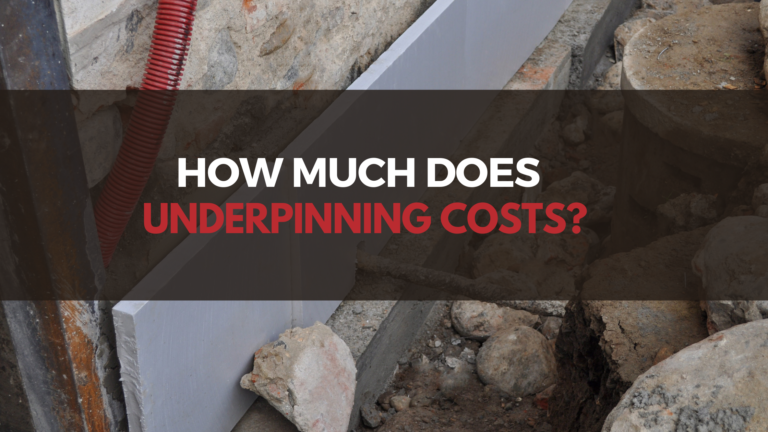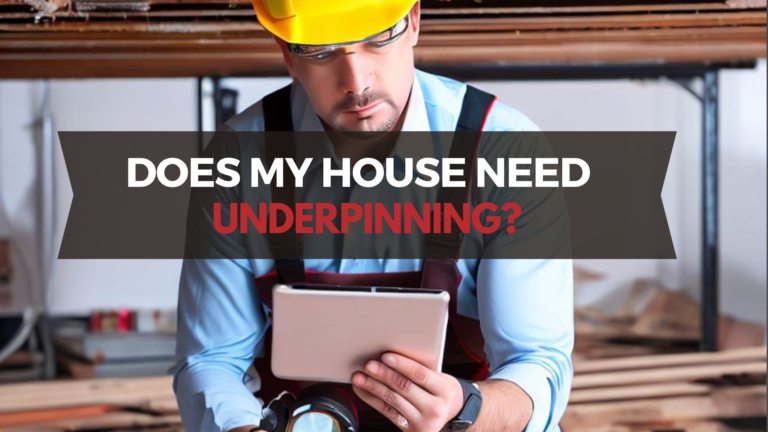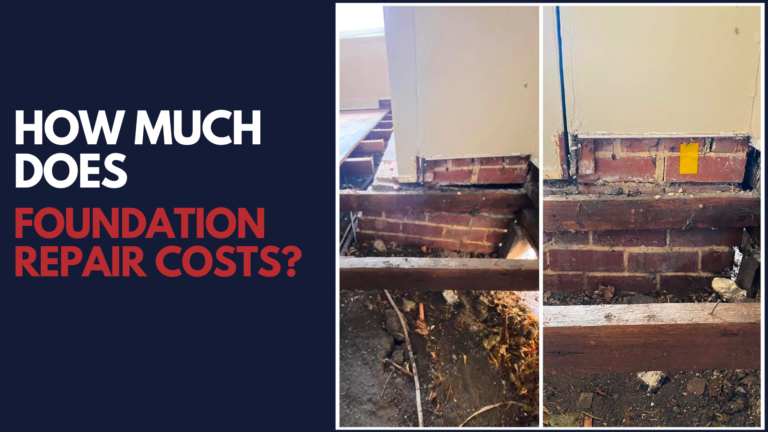Is Underpinning Expensive
This comprehensive guide delves into the underpinning world – reinforcing and strengthening a building’s soil or foundation. We investigate why underpinning is crucial when structural issues like uneven floors or cracked walls signal potential foundation failure. Additionally, we explore the various causes of such failures, including environmental factors, building works, and tree influence. With cost being a significant consideration, we provide an understanding of underpinning expenses and offer strategies to mitigate them. Finally, we highlight the importance of choosing the right underpinning experts to ensure safety, quality, and value for money.
What is Underpinning
Underpinning is the process of strengthening and reinforcing the soil/foundation of a building by treating the load-bearing soils and helping to support the structure.
Why Do You Need Underpinning
When floors are uneven, cracked walls, or doors/windows do not close properly, it suggests a problem with the house’s foundation that needs repair. These are generally signs of bigger issues, which is a sinking footing/foundation. When a home suffers subsidence/sinking, it bends the dwelling frame causing all the above to be affected.
What Causes the Foundation Failure
Understanding the root cause of foundation failure is pivotal to proper home maintenance and repair. Various factors, such as rapid changes in soil moisture content, damaged plumbing, and poorly compacted fill, can significantly undermine the stability of your home’s foundation. Moreover, inadequate footing design, nearby trees, construction activities, and even uncontrollable factors like natural disasters can contribute to foundation issues, leading to severe subsidence.
- A rapid change in moisture content in the soil that supports the home can lead to either drying, causing the soil to contract, or water ingress, saturating the ground and reducing its bearing capacity.
- Damage to plumbing such as stormwater, sewer pipes and water lines.
- Poorly compacted fill.
- We may need to address the footing design based on the class of soil on which the home stands.
- Trees close to the house can be a factor in removing moisture from the surrounding soil.
- Building works such as extensions or new home stands nearby can affect the footing of a building if they are nearby.
- Natural disasters such as drought, floods, and earthquakes, whilst well out of our control, can cause some of the worst subsidence.
Cost of Underpinning Work?
The foundation repair cost depends on the complexity of repair work (footing type, structure type etc.), the treatment area (linear metres), and the soil type. On average, foundation repair costs range from $5,000 to $15,000 if the problem is minor, such as a corner of the dwelling. However, if extensive repair work is required, the expenses can go as high as $50,000.
There are many factors to consider when determining the cause of foundation damage. When hiring a building restoration company, it is essential to confirm their legitimacy, appropriate accreditation, and insurance coverage, as well as ensure they have a good reputation at the very least.
How to Save Underpinning Cost?
The first step involves identifying the root cause of the sinking footings/subsidence and the factors weakening the soils. Treating these causes will prevent further subsidence. At times, addressing water-related issues can help the soil regain its strength. However, we expect the footing to stay original due to the dwelling’s weight.
The larger the damage, and greater the cost of repair. Therefore, monitoring the structure and stabilising soil will prevent increased underpinning costs.
As underpinning experts, our method is non-invasive. When considering a method or underpinning contractors, believe the works required to undertake actual underpinning results. Traditional underpinning will require cutting concrete paving around the house and reinstating once done. At the same time, our method is keyhole surgery. With underpinning contractors, ensure they have adequate experience, registration as a builder and required insurance.
Things that you can do to help get a more accurate quote
- Try engaging underpinning experts as soon as you suspect a problem.
- Please provide any Structural drawings and soil reports you may have for the house, as this helps to eliminate any unknowns and gives details of the type of construction, size and depths of foundations and, in some cases, can highlight a likely cause.
- Look for Contractors that provide no-fee inspections and quotes.
- Ask questions and do the research.



